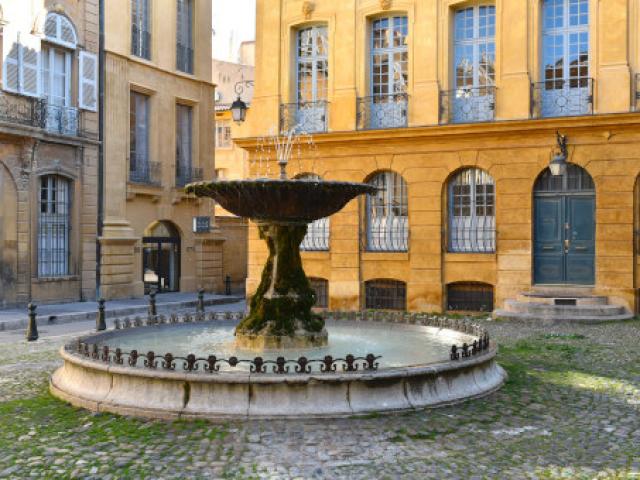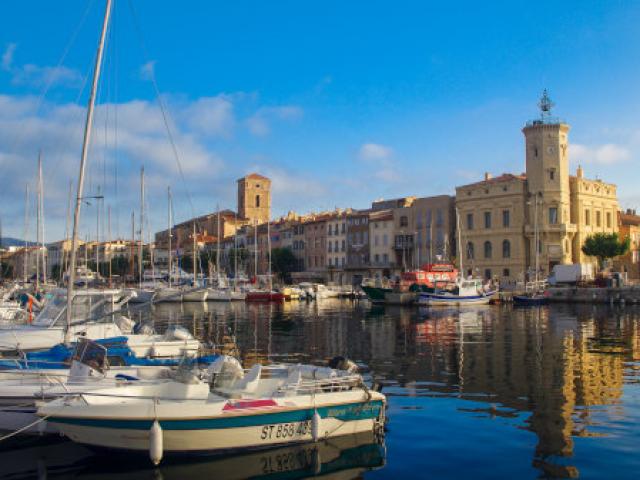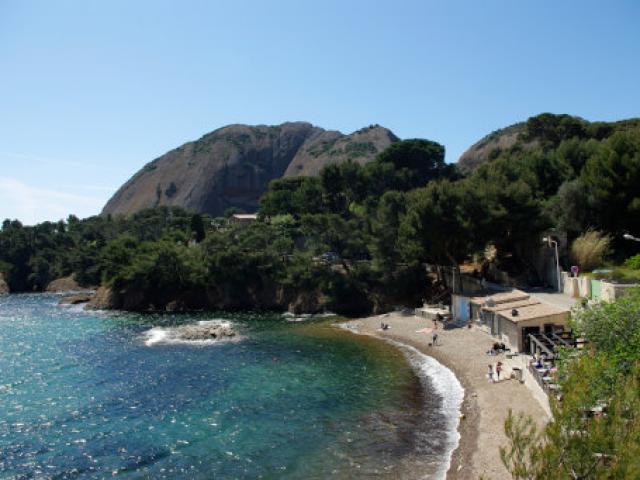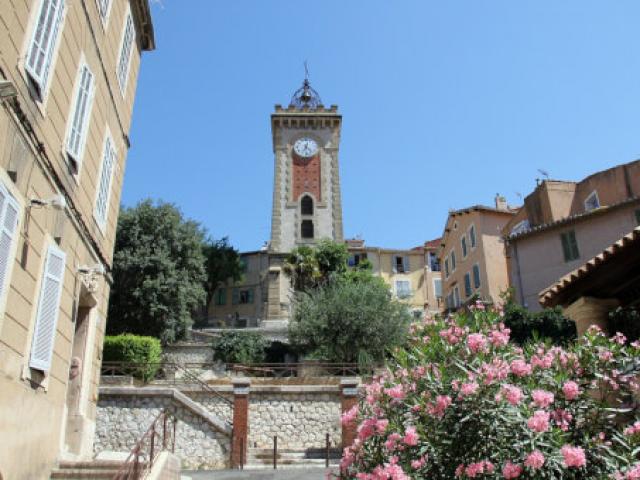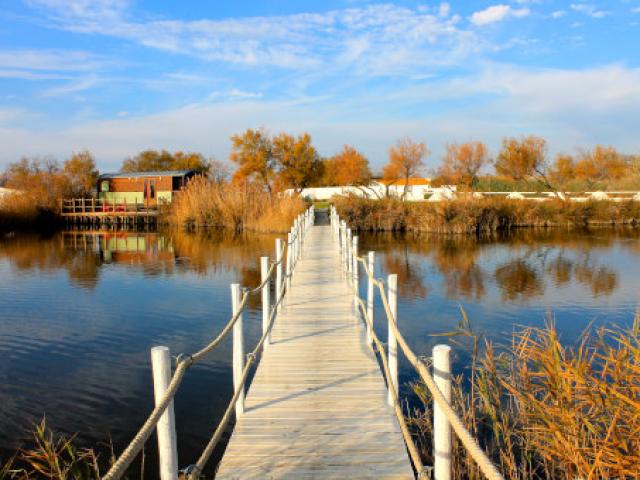Marseille
Marseille, a city of art and history, is France’s leading port, but it is also a city with many facets.
From the old port of Marseille, you can admire small colorful fishing boats. You can sit on the terrace of one of the cafés and enjoy the sun and the view. In the early morning, on the Quai des Belges, the fishermen unload their catch of the day. There you can buy fresh fish to prepare a good bouillabaisse. The port is the starting point for excursions to discover the magnificent Calanques National Park of Marseille.
You can’t visit this mythical city without going to MuCEM. This surprising place, where ancient and modern blend harmoniously, is home to the Museum of European and Mediterranean Civilizations. A large part of the site is accessible free of charge, allowing visitors to discover Fort Saint-Jean, one of Marseille’s emblematic monument.
When you go to the Panier district, you can discover the streets and colorful facades that served as the setting for the filming of the French series “Plus belle la vie.” You can visit many artists’ studios and taste home-made ice creams, sitting in the shade of a small square in this authentic place where the atmosphere is warm and lively.
When you go up to the Notre-Dame-de-la-Garde Basilica, your gaze can embrace the whole city and the islands of Friuli as well. It is Île d’If and its castle that inspired Alexandre Dumas when he wrote the “The Count of Monte Cristo”.



